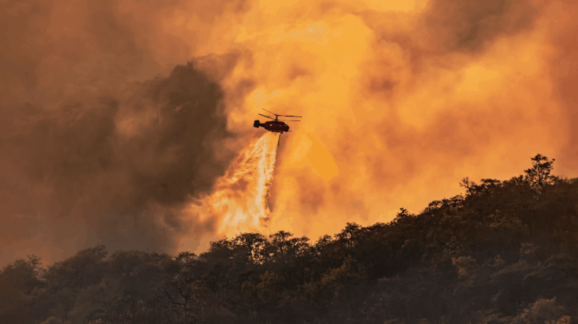One way for government to improve air quality: Remove obstacles to prescribed fires

Photo Credit: Getty
The Environmental Protection Agency’s (EPA) final rule on particulate matter prematurely makes the primary annual standard for fine particulate matter (PM2.5) much stricter. It does so even though parties likely to be subjected to regulation can do little to reduce overall PM2.5 emissions because they account for a small amount of existing emissions.
Most of the emissions come from non-point sources, including wildland fires, which are generally difficult to address. The EPA admits that wildland fires (wildfires and prescribed fires) are the largest source of PM2.5 emissions (44 percent of emissions).
Ironically, as the federal government imposes major costs on the private sector, hinders infrastructure, and harms economic development through the EPA’s new PM2.5 standard, it still maintains obstacles that exacerbate PM2.5 emissions.
Specifically, it maintains a federal environmental review process that prevents prescribed burns (intentionally set controlled fires), which are an important way to manage wildfires. Prescribed burns eliminate fuel in overgrown forests that could ignite or feed a wildfire.
In the final PM2.5 rule, the EPA itself says they view “the strategic use of prescribed fire as an important tool for reducing wildfire risk and the severity of wildfires and wildfire smoke.” While prescribed burns are a source of PM2.5 emissions, the EPA has explained, “Although some air pollution is generated by this preventive burning, the net amount is believed to be a relatively smaller quantity then that produced by wildfires.”
Further, the EPA has stated, “Prescribed fire is a cost-effective and ecologically sound tool for forest, range, and wetland management. Its use reduces the potential for destructive wildfires and thus maintains long-term air quality.”
Prescribed burns should be easier for professional wildland firefighters to get approval for, but the environmental review process prevents and delays prescribed burning far too often.
Policymakers should remove this obstacle. If they did, this would not only help to address wildfires, but also improve air quality.